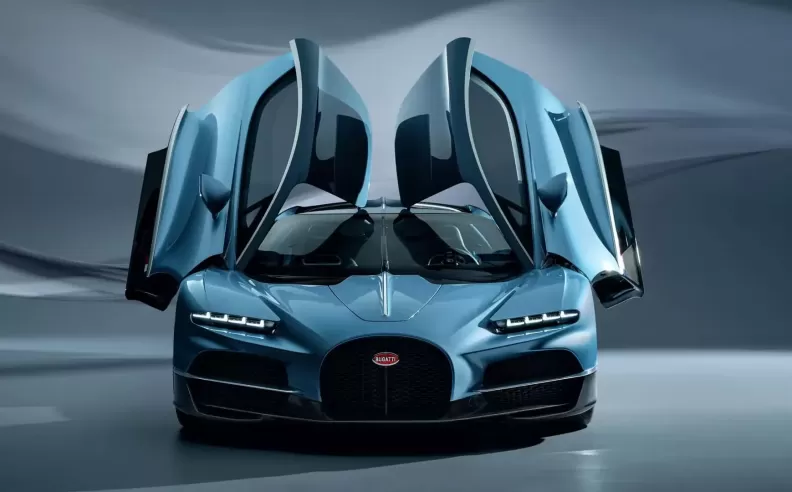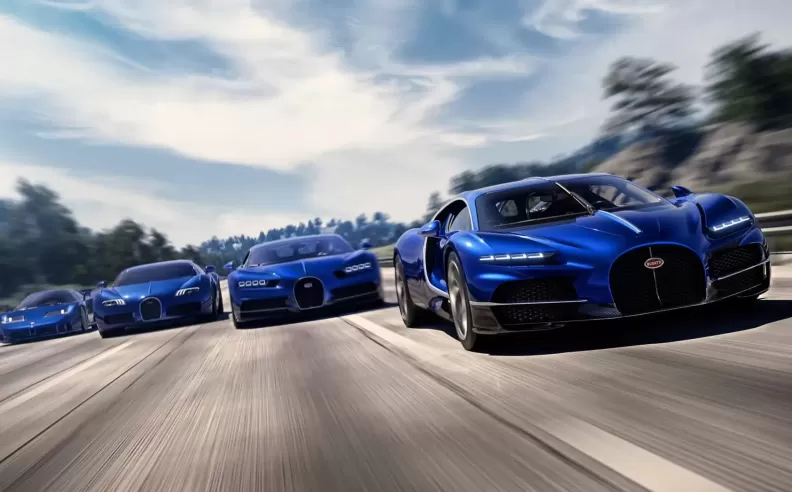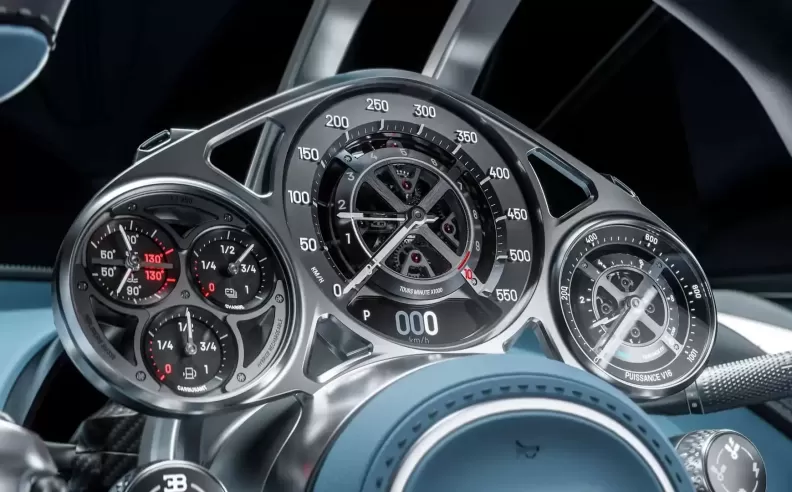
Bugatti, a name synonymous with extreme luxury and performance, has a history of selecting evocative and sometimes eccentric names for its vehicles. This tradition continued under the ownership of Volkswagen Group, which acquired Bugatti in 1998 and sought to link its hypercars to significant historical figures and achievements.
The Veyron was named after Pierre Veyron, a Bugatti racing driver who triumphed at the 1939 24 Hours of Le Mans. The Chiron followed this pattern, named for Louis Chiron, who claimed victory at the 1931 French Grand Prix in a Bugatti Type 51. Each name was chosen to honor Bugatti's rich racing heritage. However, Bugatti's new model, the Tourbillon, deviates from this tradition. There was no racer named Jim Tourbillon; instead, the name finds its roots in the art of watchmaking from the late 1700s.

The term "tourbillon" is French for "whirlwind" or "whirlpool," referring to a sophisticated mechanism in high-end watches designed to counteract the inconsistencies in timekeeping caused by gravity. When a watch is worn, its accuracy can be affected by its orientation. The tourbillon mechanism, by continuously rotating the watch's escapement and balance wheel in a cage-like structure, helps average out these positional errors, resulting in more precise timekeeping.
This ingenious invention dates back to 1795, credited to Abraham-Louis Breguet, a distinguished watchmaker of Swiss, French, and Prussian descent who spent most of his professional life in France. Breguet's contributions to horology are monumental, and the tourbillon, patented in 1801, is one of his many legacies. It represented a minor yet significant portion of his work, solidifying his reputation as a pivotal figure in the development of modern timekeeping.
The tourbillon continued to evolve after Breguet's time. In 1920, Alfred Helwig introduced the "flying tourbillon," which eliminated the supporting bridge (similar to an automotive crossmember) to reveal the rotating mechanism for aesthetic purposes. This innovation highlighted the intricate beauty of the tourbillon.
In 1947, Omega launched the first tourbillon wristwatch, the 30i Tourbillon, a rare and valuable timepiece that has fetched over $1.5 million at auction. These advancements underscore the tourbillon's enduring appeal and its status as a pinnacle of watchmaking craftsmanship.

Bugatti's decision to name its new hypercar Tourbillon reflects a desire to embrace a fresh direction while maintaining a connection to the brand's legacy of precision and excellence. Apart from its pleasing sound and the traditional "on" suffix seen in Veyron and Chiron, the name Tourbillon embodies the car's essence—an intricate, beautiful creation designed to counteract physical limitations, much like its namesake in watchmaking.
“The name Tourbillon was chosen as the perfect encapsulation of this car’s character,” Bugatti explains. “A completely original creation without compare, it is both complex and beautiful, helping to counteract the effects of gravity on a watch to ensure more consistent time-keeping. And over 200 years later it is still revered as the pinnacle of watchmaking.”
The Bugatti Tourbillon incorporates several design features that pay homage to its timepiece-inspired name. The gauges were developed in collaboration with Swiss watchmakers, achieving a tolerance of 50 microns, with some details refined to as little as 5 microns. The unique three-tier structure above the steering wheel comprises over 600 titanium pieces, adorned with sapphires and rubies, and weighs just 1.5 pounds.
The center console features crystal glass created through a 13-stage process to ensure maximum clarity. Aluminum fixtures are anodized and milled from single pieces of metal, showcasing exceptional craftsmanship. Even the pull-to-start knob—a nod to classic Bugattis—is crafted from the same piece of aluminum.
The Bugatti Tourbillon marks a new chapter for the luxury automaker, seamlessly blending modern fashion and lifestyle with automotive excellence. By drawing inspiration from the revered tourbillon mechanism, Bugatti has created a hypercar that not only embodies performance and precision but also pays tribute to an age-old art form that continues to captivate enthusiasts.

Wael is an automotive content writer specializes in creating written content for Motor 283. Producing a wide range of content, including blog posts, articles, product descriptions, reviews, and technical guides related to cars, trucks, motorcycles, and other vehicles, with an unprecedented passion for cars, and motorcycles.